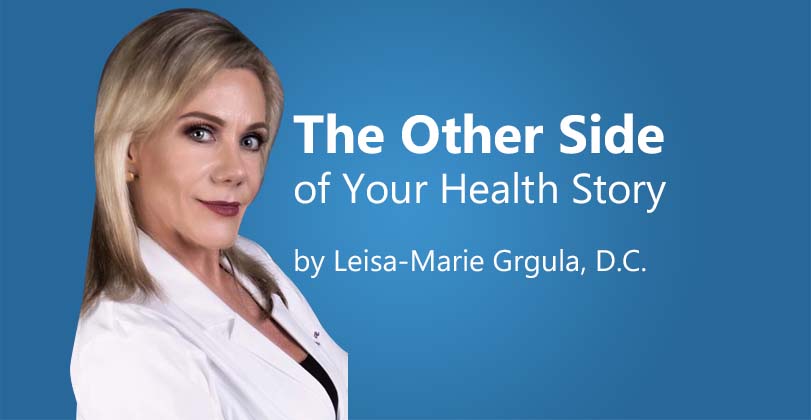By request, I’m writing yet another article on spinal stenosis (stenosis). So far, it’s been the most prevalent condition I treat. Since I started practicing in 1995, stenosis was generally a disease of patients in their 70’s or 80’s. To date, my youngest patient is 34. There are many reasons why patients are suffering with spinal stenosis at such a young age. Diet, desk jobs, and lack of exercise are contributing factors in this process. What is important to discuss, are the many options for treatment and management of an otherwise painful and debilitating condition.
Are there dietary changes I can make to help manage my stenosis naturally?
Yes. There are actually foods that increase the intense pain associated with stenosis. Foods that are rich in omega-6 fatty acids tend to make painful inflammation worse. On the contrary, foods high in omega-3 and omega-9 fatty acids can help reduce inflammation, and then reduce pain caused by spinal stenosis. Omega-6 oils are found in dairy products such as cheese, whole milk, and more. It’s also found in packaged foods with preservatives. Every time you eat at a restaurant, not only fast food, but even the premade meals at the gourmet market in town, you are exposed to these inflammatory oils.
Inflammation reducing Omega- 3 oils are found in flax seeds, nuts, and fish (salmon, tuna, halibut). Omega-9 oils are found in nuts, sesame oil, and avocados. Reducing other inflammatory foods like grains and dairy will help reduce inflammation and pain.
What types of exercise are best (and worse) for stenosis?
I’d first like to discuss some high impact exercise classes, such as boot camps and aerobic classes. Stenosis is a degenerative condition. There are spurs or spikes that constrict the nerves of your spine, and sometimes even the spinal cord. The discs between the vertebrae are like shock absorbers on your car. When they are healthy, they take the shock of pressure and impact. When you have spinal stenosis, your discs are damaged and are no longer responding properly to impact. Doing exercises like jumping jacks, burpees, and other high-impact motion, will cause increased pain and further damage. A common question I hear from my patients every day is, “When can I get back to doing yoga?” My response is, “How’s it working for you?” It’s usually the cause of the deep ache in the spine when you have stenosis. There are some yoga postures that are healthy for stenosis, but too much twisting and stretching into extension or going backwards, will aggravate the condition. I encourage my patients to exercise, generally using free weights, stretching, and low impact aerobic activity. I find out what motivates my patients for exercise, and am able to design specific exercise programs that work with their specific condition, especially stenosis. I cannot emphasize this enough. Stenosis is a serious condition and in most cases, can be managed conservatively without injections, drugs, or surgery. Your daily activities like exercises must be discussed with your doctor. Continuing to do things that aggravate or worsen this condition will not work if you are trying to manage it conservatively, or with medical intervention.
Although stenosis will not be corrected or reversed conservatively without surgery, it is not always necessary to have surgery. What I’m able to do with my specific protocols is to release those spikes of calcium off of the nerves. Think of a wrench that is clamping down on a wire and I’m able to open up that wrench to release the pressure by decompressing the discs between the vertebrae. It’s worked for every single stenosis patient I’ve had since I’ve develop these protocols. What I’m able to do to help my patients is only a part of the work that needs to be done. Patients ‘responsibilities are to try their best to avoid inflammation, and pay close attention to their daily activities. This involves communication with me on each visit. The more details patients tell me about their daily activities, the better their outcome will be. Sometimes something that appears to be a simple daily activity may be causing more pain without knowing it. Small changes can make a big difference with this.
Most cases of stenosis can be managed conservatively. I offer complementary consultations to my readers, so please call to book an appointment.
For questions regarding my articles, please email me at
[email protected]
Leisa-Marie Grgula, D.C.
Chiropractic Physician
Accurate Care Pain Relief Center
21043 N. Cave Creek Rd. #A9
Phoenix, AZ 85024
602-493-2228
www.CaringPainRelief.com





